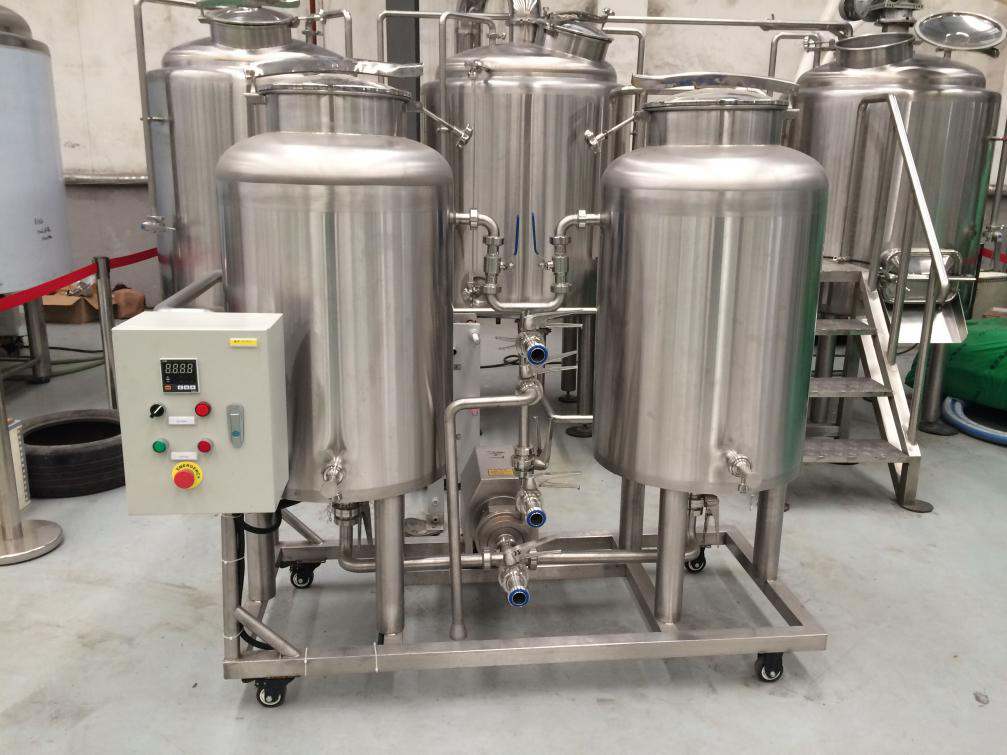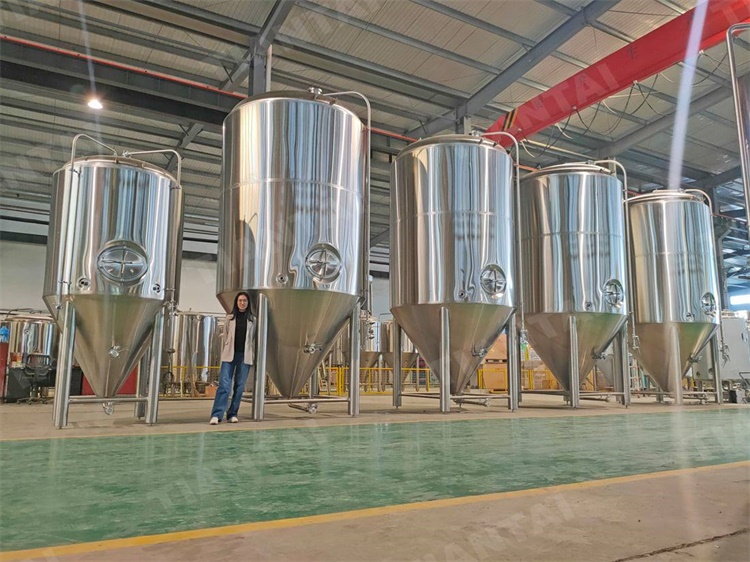The fundamental concept of product is to get rid of a component of the mash, steam it, and also return it to the primary mash, which is held at a continuous temperature level. There are 2 various goals in steaming one component of the mash:
1. To make use of physical pulping, which affects the cell wall surfaces of the malt.
2. To increase the temperature level of the mass mash to a specified greater temperature level after blending both components. (In the days prior to thermostats, the preparation approach made a multi-temperature mash repeatable and also possible.).
The steaming of the grains aids to ruin the cell wall surfaces as well as makes the starches a lot more obtainable to the malt enzymes. This is specifically crucial for under changed malts where steaming aids to damage down the cell wall surfaces.
There are various kinds of preparation mashing techniques. The archetype is the three-way preparation. This really extensive approach is, from the existing viewpoint, time-killing as well as no more popular, however it is the basis for recognizing the concepts behind all product techniques.
The mash-in temperature level is 95 ° F-- 98.6 ° F( 35 ° C-- 37 ° C) with one component malt as well as 3 components of water.
There can be relaxes at 143.6 ° F-- 149 ° F (62 ° C-- 65 ° C) or 161.6 ° F( 72 ° C) throughout home heating. In the meanwhile, the fluid mash relaxes at a consistent temperature level of 95 ° F-- 100.4 ° F( 35 ° C-- 38 ° C). After blending up both components of the mash, the temperature level of the complete mash will certainly climb to the following (healthy protein)- remainder temperature level at 122 ° F-- 131 ° F( 50 ° C-- 55 ° C).
.jpg)
The following action is comparable to the initial: dividing, home heating, and also steaming of the thick mash while maintaining the fluid mash at the ideal temperature level for the enzymes. After the 2nd boiling and also recombination of the mash, the remainder temperature level at 143.6 ° F-- 149 ° F( 62 ° C-- 65 ° C) for the amylolysis (conversion of starch to sugars) is gotten to. In comparison to the treatment in the past, the 3rd product action in the typical three-way product is the steaming of the fluid mash.
The consolidated mash temperature level after the 3rd mash steaming is at 167 ° F( 75 ° C) for the saccharification remainder. The period of the relaxes and also the home heating price can be customized with or without unique relaxes. The period of the three-way preparation varies commonly.
For enzyme-weak as well as dark malts the three-way product approach can be warranted, specifically for malt taste growth via Maillard responses. See maillard response. With making use of well-modified contemporary light malts, nonetheless, this really extensive mashing with considerable deterioration can deviate for the even worse as well as spoil both taste and also foam security.
The timeless variation of the dual product is a reduced three-way product. The initial acid remainder is left out and also it begins with the healthy protein remainder at 113 ° F-- 122 ° F( 45 ° C-- 50 ° C). Both products utilize the thick mash for physical pulping and also to ruin the starch cell wall surfaces to enhance chemical task.
The solitary preparation is constantly a mix of mixture as well as preparation to get to all the called for temperature level relaxes. It is feasible to continue with a basic temperature-programmed mash, attaining the routine relaxes up to the amylase remainder at 149 ° F (65 ° C), prior to dividing the mash.
There can be relaxes at 143.6 ° F-- 149 ° F (62 ° C-- 65 ° C) or 161.6 ° F( 72 ° C) throughout home heating. In the meanwhile, the fluid mash relaxes at a continuous temperature level of 95 ° F-- 100.4 ° F( 35 ° C-- 38 ° C). After blending up both components of the mash, the temperature level of the complete mash will certainly increase to the following (healthy protein)- remainder temperature level at 122 ° F-- 131 ° F( 50 ° C-- 55 ° C). After the 2nd boiling as well as recombination of the mash, the remainder temperature level at 143.6 ° F-- 149 ° F( 62 ° C-- 65 ° C) for the amylolysis (conversion of starch to sugars) is gotten to. The very first acid remainder is left out as well as it begins with the healthy protein remainder at 113 ° F-- 122 ° F( 45 ° C-- 50 ° C).




.jpg)

Get In Touch